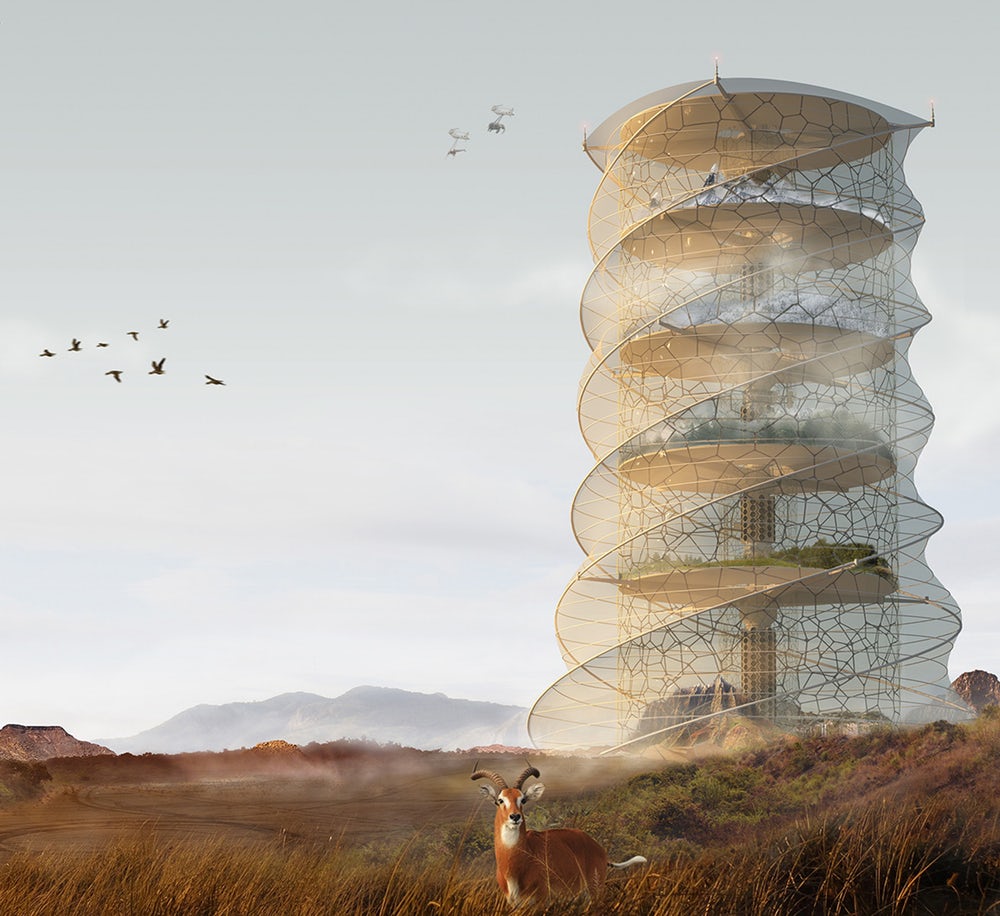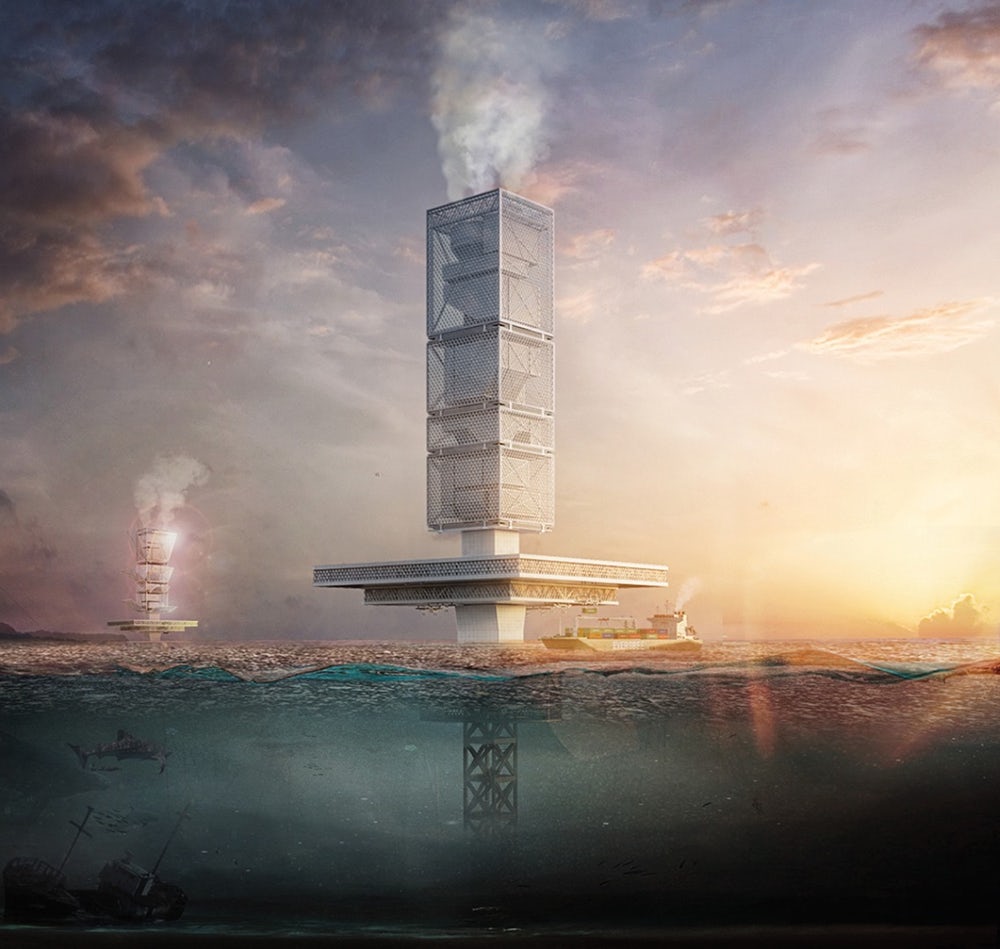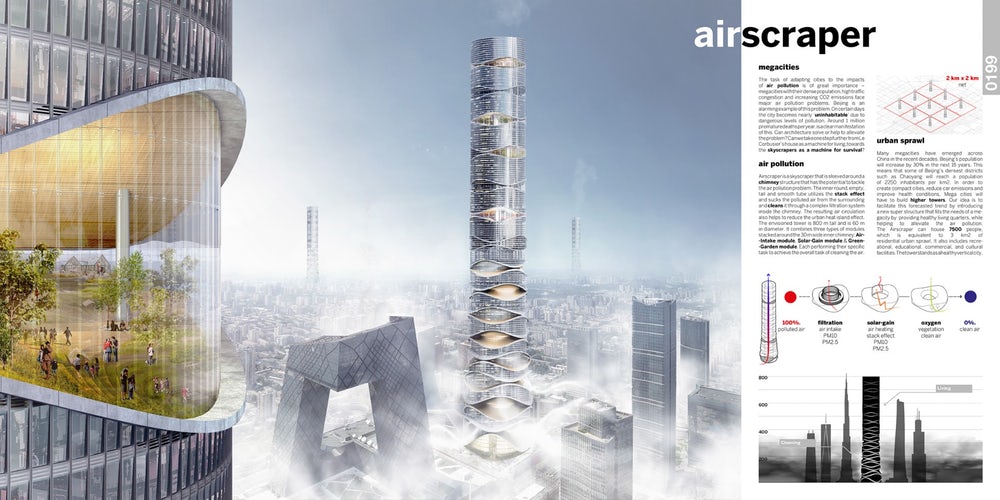Design fiction: The business value of designing imaginative new worlds
Over the years we have prided ourselves on having produced numerous great examples of ‘futures world building’ for innovative clients like BAT, Dimension Data, UCT’s Graduate School of Business, Santam and Woolworths.
Over the years we have prided ourselves on having produced numerous great examples of ‘futures world building’ for innovative clients like BAT, Dimension Data, UCT’s Graduate School of Business, Santam and Woolworths; so we totally get and buy into the immense power that fictional narratives can play for companies wanting to explore possible imaginative futures.
Although now, with a far more holistic understanding of the science behind futures studies, we can retroactively see the value of creating a mental space to prototype new ideas and concepts via the suspension of reality in the present through what we now understand to be design fiction.
With kind permission from Stuart Candy and Liam Young – we are republishing a conversation that had recently around the power of design fiction / world building as a strategic business tool.
Stuart Candy: How would you describe your practice in relation to the intersection of futures and design?
Liam Young: I’m trained as an architect, so I am interested in the architectural, urban and global implications of emerging technologies. I don’t design buildings but rather I design, imagine, speculate, and construct worlds. The world is the medium in which I prototype futures. It’s a very spatial way of thinking about future narratives. I predominantly explore these worlds through the medium of film. For me films are a way of disseminating these worlds to audiences. So that’s where my own practice sits in the context of design/futures practices. It differentiates itself by thinking about worlds as the medium of operating, as opposed to products, characters, buildings, and so on.

SC: How standard or non-standard is that, to be an architect thinking in terms of a world rather than a building?
LY: For the most part architects think in terms of buildings as singular objects on a site, but in many ways, we are trained to think through worlds. I think it’s the great disappointment of architecture that most architects waste their time just designing buildings. The skillset is far broader than that. We used to think about forms of design research, curation or speculation as being work on the margins of the discipline, but really we are now at a point where the architects making a living from boutique craft buildings are the ones increasingly marginalised. The physical fabric of a building is now just one element of our experience of cities or spaces.
So most traditional architects don’t do futures, but I think it’s a very easy transition for them. Architecture is really about telling stories in space, and being able to imagine how that space might evolve across time. And that’s why I still call myself an architect, because I think I’m still practising architecture, or at least a form of architectural thinking.
SC: I appreciate this notion of architecture having a native territory that it doesn’t necessarily realise is so core to what it does.
LY: When Dunne and Raby expanded on speculative design and non-functioning prototypes it was quite revolutionary. There wasn’t really a significant tradition of speculative objects within product design before they started working. Whereas within architecture, because so much capital is wrapped up in the production of a building, there’s has always been an important practice of speculation at architectural and urban scales. It has often been a way to explore and disseminate ideas free from the weight of construction budgets.

SC: How would you situate your interests in the wider landscape of design and futures, this intersection much explored, and dabbled in, over the last decade?
LY: I’m interested in moving outside of that territory of the design-futures nexus, and in co-opting, not forms of design media, but forms of popular media, and encoding within them these critical questions about what the future means. I have previously made a lot of work for the design futures circuit. There’s certain galleries that show that type of work; there’s certain platforms, festivals and conferences that help produce and fund the work we have produced. But to a certain extent it’s an echo chamber. If we really value what we do in futures, and we think it’s important, we should be thinking much wider than the design futures market. For me, that was about working with popular mediums that we typically dismiss as being lowbrow or mainstream pulp, such as film, video games and TV. So part of my move to LA was to parasitically operate within the mechanisms of the entertainment industry. I think of critical ideas as Trojan horses, sited within the medium of a Hollywood blockbuster, or a Netflix series. This is where the practice is sitting right now. In the context of futures, the scale of change required to engage meaningfully with issues such as climate change, economic disparity, the automation of labour, shouldn’t just end in single speculative design projects that sit in a gallery somewhere in Berlin. The change necessarily occurs through paradigm shifts. It changes through big cultural moves. And that is about instilling within forms of popular culture a different way of thinking about the world. It involves engaging large scale public audiences in those conversations. You can seed really powerful ideas about futures in these mediums: everyone watches film.
It can be this extraordinary vessel to carry important ideas about who we are and who want to be. It’s our duty, I think, generationally; to seed these cultural mediums with ideas that we think are important, so that people can start to engage with them. I think that’s a real critical role that the
architect, speculative designer or futures thinker can play.
SC: A brief example of a project you’ve done that leans into this space you’re sketching out?
LY: Working with author Tim Maughan I made the short film Where the City Can’t See. It’s the first narrative film made entirely with LIDAR scanners, the surveillance system that driverless cars use to read and understand the world. It’s a system of machine vision that transcends traditional photography and creates three-dimensional models of the world. It’s a form of mapping and calculating the world with extraordinary opportunities for efficiencies and infrastructure, and at the same time it comes with significant questions around issues of privacy, responsibility and surveillance. We are interested in what it means to literally have constructed a millimetre-precise virtual model of the entire world.
So we made a film as a vehicle to explore what it might mean to live and operate within the context of a city that can see everything. Where do the spaces of exception exist in this form of city? What is the equivalent of a warehouse rave, a wilderness zone, a site of transgression? What does it mean to be a member of a subculture in a city of ubiquitous surveillance? We developed a working prototype for a new kind of hoodie that disguises the body from these scans. It creates a form of digital camouflage or glitch that allows the wearer to disappear to the eyes of the machine.
We worked with a choreographer to develop a vocabulary of dance movements that would disguise the proportions of the body to the systems of body detection algorithms. And these ideas aren’t just a story or a plot point, they are working prototypes that happen to be sited in the medium of film.
SC: You emphasise that this is something that works. How important is the feasibility of the prototyping?
LY: I’m interested in a level of believability, or realism, which makes the narrative, the story, the prop, feel urgent or visceral or inescapable.
SC: Believability is about perception. Making it seem real doesn’t require that it be real on closer inspection.
LY: True, but making it real-real is one reliable way of engendering that level of believability or empathy. For it to be plausible and create an emotional engagement, I think is the most important thing at the core of all this. But we like to work with the technology in very real ways because it gives us another way that we can disseminate the world we’ve designed.
A whole raft of press was produced around Where the City Can’t See totally independent from the nature of the film itself. We were on Gizmodo, on BBC, all these places, talking about digital camouflage. Then it hit the film festival circuit and had another kind of cycle, separate from the props within it, based on the storyline and the visuals. It just allows it to operate in a whole range of different contexts, and connect to a broad range of different audiences.

SC: Technological realism or feasibility is a higher bar of a sort, also limiting how speculative you can be. Tell me about that trade-off for you.
LY: I don’t want to go into the realms of fantasy. With my speculative work I want to be in that sweet spot between not here yet, but not far enough away that it can be dismissed as pure fantasy.
SC: Being on the crest of a wave that’s going to break no matter what is more powerful in some ways, but if worlds are the medium, and they are what’s at stake, we need enough lead time to make a sort of societal choice between those worlds. There are limits to the usefulness a speculation can provide when it’s on the verge of happening regardless of whether or not you do the project.
LY: Yeah, it’s not exclusively the space in the spectrum where I would operate, but it’s a place that I think personally I can contribute to the most to because of my training. What architects can do quite well is synthesise technology and culture. It’s one of the very few disciplines where you have
classes in engineering and coding, but you also have classes in philosophy and critical theory. What we do with these types of projects is engage with the technology at the point where I think it’s most interesting, which is often the point where it becomes democratised or widely accessible.
Tim and I talk about this great quote from science fiction author William Gibson, “The street finds its own uses for things.” Technology becomes interesting when it hits the street and moves outside the dominant discourse into a subcultural space. We like to take that leap and prototype the new forms of culture that these technologies produce.
It’s not exclusive. It’s not to say that this is the best space or only space where speculation works. It’s just that these technologies, before culture technologies as I describe them, have arrived before our cultural or ideological capacity to understand them. I think a film like Where the City
Can’t See or one of our other projects In the Robot Skies (Figure 2) are really important to make right now.
SC: I agree with you, and I think that need exists partly because the longer-range speculation hasn’t happened either. We’re talking about layers of under-served futures discourse.
LY: That’s exactly right. In the context of driverless cars, these things are happening. Ford, GM, all these companies are already billions of dollars in. Now we’re making films about driverless cars because we know they’re coming, and we want to be prototyping cultural and ideological positions
around their imminent arrival. But I would have much preferred to have been in the room 20 years ago at Ford: “Let’s do some forecasting here, let’s prototype some stuff, let’s see if this is a good idea first.”
Now you can’t walk into an architecture school anywhere in the world without seeing a driverless car studio, where they’re thinking about what it means for urban life, what it means for the street. Architects should have been doing that 15 years ago.
SC: Architects, designers, policymakers…
LY: Everyone.
SC: You quoted Gibson a minute ago. He also famously said, “The future is already here, it’s just not evenly distributed.” The present, the future coming into being, is a process. There are stages; before the trend, the emerging issue; it’s over the horizon, and then little by little, becomes a kind
of imminence. So there is a spectrum of places to intervene in the onrush of potential. What you’re doing is closer in, and that needs to happen. Meanwhile the futures field generally probes further out possibilities and time horizons, which are traditionally under examined even in areas like design and policy. I’m interested in how the whole range of design and media practices can make these things feel real enough to bother to have the discussion before you have to have the discussion.
Because with longer lead times, larger world-shaping choices are available.
LY: Yeah, exactly. All these types of projects need to happen, basically. Drones felt important to work with. To work with that emerging tech felt like an urgent thing to do. I don’t do a lot of drone work anymore, but our first exploration of the tech, the project
Electronic Countermeasures was done before there was any thought of drone regulations. We were flying them in a festival in the Netherlands where they were drifting above people’s heads, in public spaces. And you would get arrested in a heartbeat doing that now. In just a few years that space has changed so much. Now the debate has become mainstream after the disruption they are causing at airports.
SC: So how did that project play out in terms of its influence on the policy discussion, on the public capacity to respond?
LY: This is the point we’re at with a lot of this speculative design –– developing the metrics through which we can judge the influence of these things. Where did it go? I don’t know. What we were trying to do was shift the conversation about drones into a more cultural space. And I think we
are now there, not just because of these films, obviously, but we’re now talking about drones in a whole range of ways.

SC: So for futurists interested in design, designers interested in futures, what lessons are there to be shared from the intersection?
LY: I think that in this space we have to be talking about audiences for the work. Design and futures now has a large enough global circuit that you can have a reasonable career drifting and hovering within that circuit, right?
SC: Like a drone?
LY: Ha! To really think about where our projects land is fundamental to the act of producing them. Let’s not be design futurists, let’s operate as design futurists within policy, within government, within academia, within Hollywood, within the video game industry, within infrastructure. I think
that’s a real key for me. Design futures is a practice, not a discipline. Its greatest strength is not siloing it as a thing that’s legitimate in itself, but looking at it as a methodology that can find traction in a whole range of
different disciplines outside of itself. And I think that’s where we’re at with it right now.
Liam Young is an Australian born architect currently running the MA in Fiction and Entertainment at Southern California Institute of Architecture in Los Angeles. This is the edited transcript of a conversation that took place at the First Futurological Congress in Berlin, hosted by the Dubai Future Foundation, on 22 July 2018.
Stuart Candy is an Associate Professor in the Carnegie Mellon School of Design. An award-winning foresight practitioner, designer, artist and educator, his work aims to augment our capacity for navigating alternative futures by any means necessary. At CMU he is responsible for integrating foresight / futures practice throughout the design curriculum.

